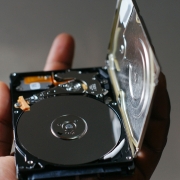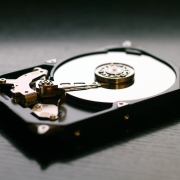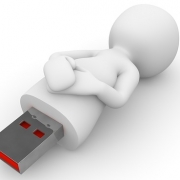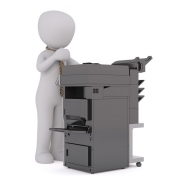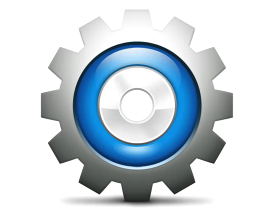 If you have ever searched for ways to make your Windows computer faster, you’ve probably run across several that suggest turning off or disabling certain Windows services. Other websites say it’s dangerous and you should never mess with Windows services. So, who is correct?
If you have ever searched for ways to make your Windows computer faster, you’ve probably run across several that suggest turning off or disabling certain Windows services. Other websites say it’s dangerous and you should never mess with Windows services. So, who is correct?
Well, the argument can be broken down into whether or not you know what you are doing. If you don’t know what a Windows service even is, then you really should not disable any service before researching it's function. If you have some basic understanding of services and programs, then it’s OK to disable only non-Microsoft services.
As a general rule, we never disable any service that comes installed with Windows by default or that is from Microsoft. If you think a service is unnecessary and might be slowing down your computer, you should Google it and then try to uninstall the program or Windows feature that is creating the service in the first place.
However, when you disable non-Microsoft services, your chances of messing something up on your computer are greatly reduced. Most of these third-party services don’t necessarily need to be enabled. They are usually there to check for updates in the background or something similar.
Windows Services Location
First off, there are two ways to view all the services on your Windows PC. You can go to Start and type in services to open the desktop app or you can type in MSCONFIG to open the system configuration utility.

Go ahead and click on the Services tab and you’ll see a list of all services with checkmarks next to each one. If you uncheck the service, it will be disabled the next time you restart the computer.
Read more

